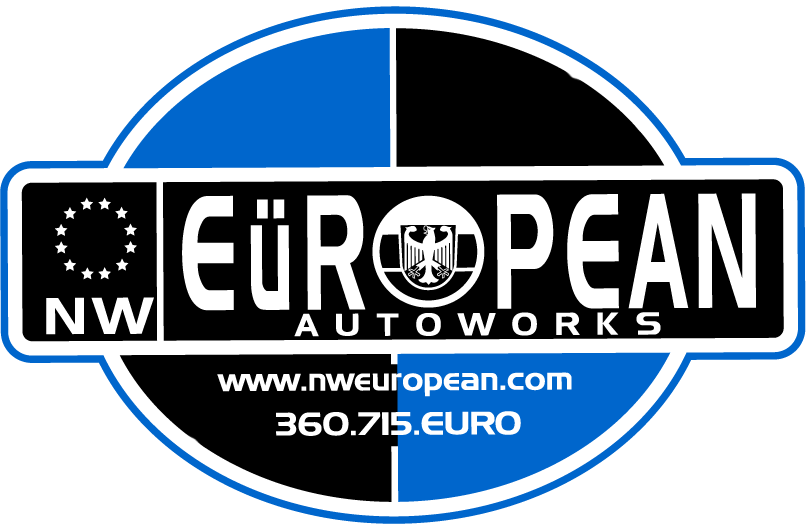Thinking About Buying? Get a Pre-Purchase Inspection First.
Buying a used car, especially a European model, can be an exciting experience. Whether you’re dreaming about a Porsche 911, a BMW M3, or an Audi S4, there’s something special about finding the right car at the right price.
But before you sign on the dotted line, there’s one step you shouldn’t skip: a professional Pre-Purchase Inspection (PPI).
A PPI isn’t just a formality; it’s a vital check that can reveal hidden problems, help you negotiate a fair price, and save you from costly surprises later. Even cars that look and drive perfectly can hide issues beneath the surface that only a trained technician will catch.
Here’s why a pre-purchase inspection is one of the smartest investments you can make.
Cosmetic Looks Aren’t the Full Story
It’s easy to be impressed by shiny paint, new tires, or a well-detailed engine bay. Sellers know this, too. Many cosmetic flaws can be polished away, but mechanical problems can’t be buffed out.
A thorough inspection looks beyond appearances to check the systems that matter most:
Engine performance and leaks
Transmission condition and shifting
Suspension wear and alignment
Brake system wear and fluid condition
Cooling system health
Electrical system checks
Diagnostic trouble codes (even if no warning lights are on)
Often, a scan of the car’s computer systems reveals stored fault codes that haven’t triggered a dashboard warning yet. These hidden errors can point to early-stage problems that would otherwise go unnoticed.
European Cars Are Built Differently and Need Specific Attention
European vehicles are engineered with high tolerances and specialized systems. A missed issue in a Porsche’s cooling system, a BMW’s turbocharger, or an Audi’s suspension can turn into a four-figure repair quickly.
Some examples of costly problems that a PPI might catch:
Timing chain stretch (common on some BMW and Audi engines)
Coolant leaks (especially in Porsches and aging Volkswagens)
Adaptive suspension failure (in Mercedes-Benz or Audi models)
Carbon buildup in direct-injected engines
Transmission wear in dual-clutch systems (like VW DSG or Audi S-Tronic)
Without a proper inspection, these repairs become your responsibility once the keys are in your hand.
The True Cost of Ownership
When you're buying used, the sticker price isn’t the whole story. A pre-purchase inspection helps estimate the real cost of ownership by identifying:
Immediate repairs needed
Upcoming maintenance due
Potential future risks (based on model-specific patterns)
For instance, finding out that a $2,000 timing belt service is overdue could give you negotiating power or at least prepare you financially for the first year of ownership.
Protecting Your Investment and Your Peace of Mind
A professional PPI typically costs a few hundred dollars; a small fraction compared to the price of most European cars. Considering how easily even a minor issue could cost thousands to fix, it's one of the best returns on investment you can make.
If the inspection comes back clean, you drive away with confidence. If problems are found, you can renegotiate or walk away with confidence.
Either way, you win.
What to Expect from a Good Pre-Purchase Inspection
A proper PPI isn’t just a "quick look”; it should include:
Full physical inspection (body, frame, engine, suspension, brakes)
Complete diagnostic scan of all onboard computer systems
Road test to evaluate drivetrain, steering, and ride quality
Review of service history and any manufacturer recalls
Estimate of necessary repairs and recommended maintenance
For European vehicles, it’s especially important that the shop performing the PPI has experience with your specific brand: BMW, Audi, Porsche, Mercedes-Benz, Volkswagen, MINI, and others all have unique inspection needs.

